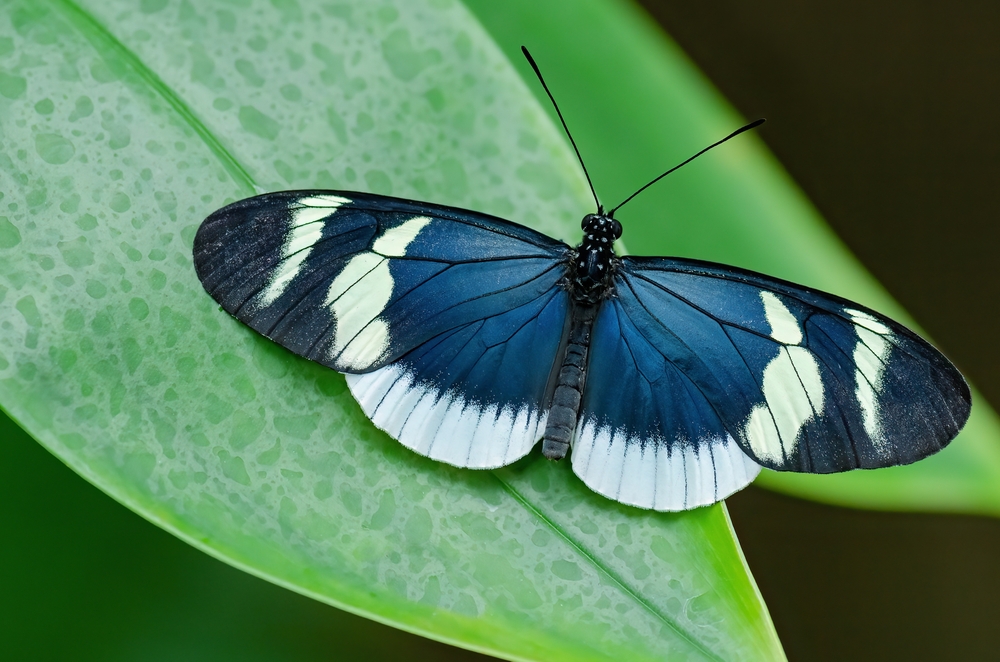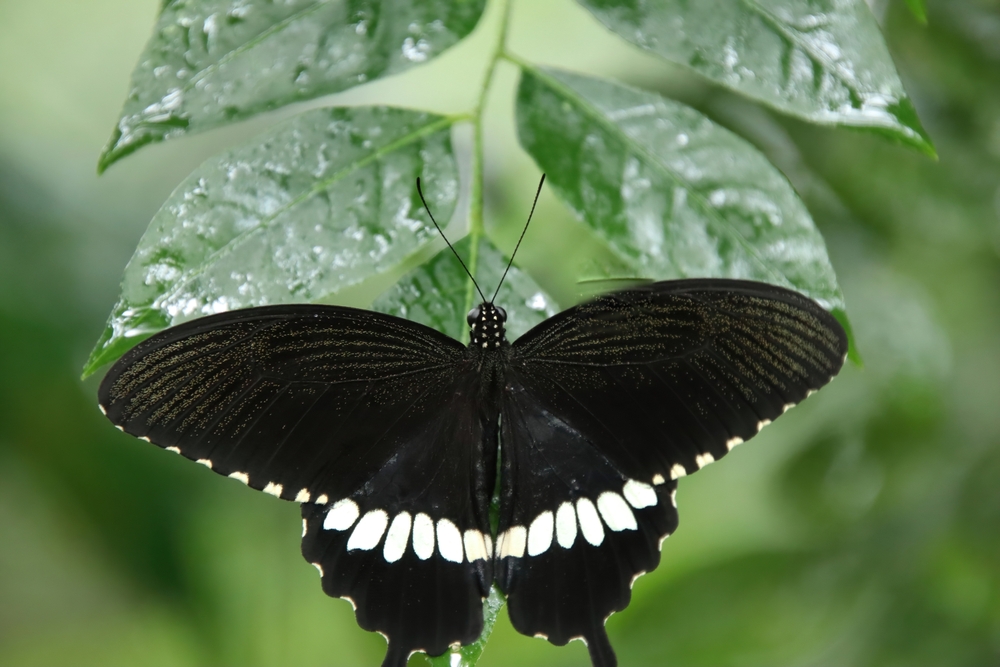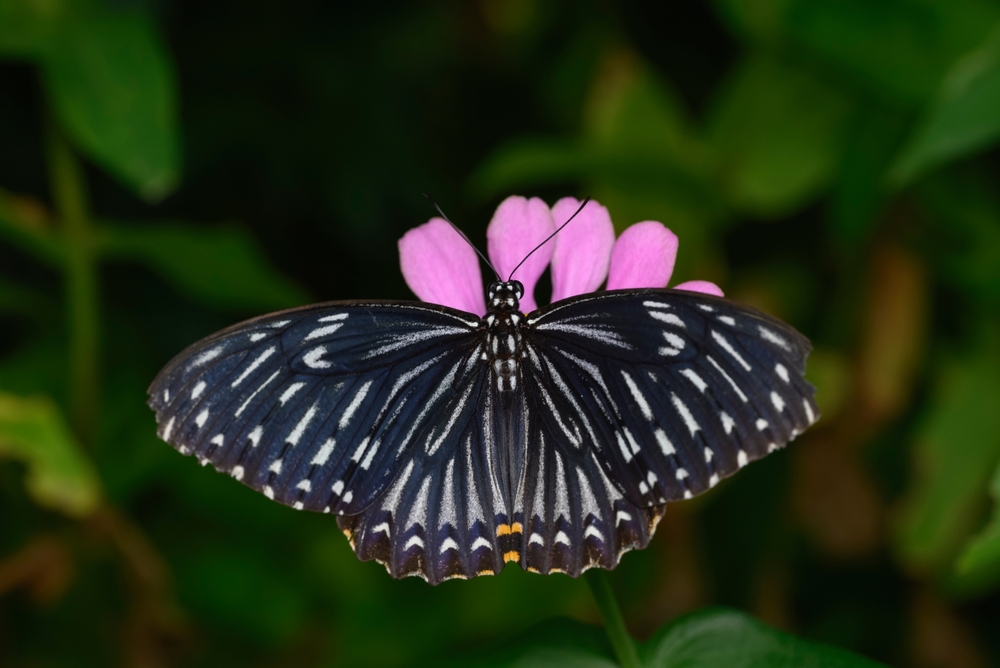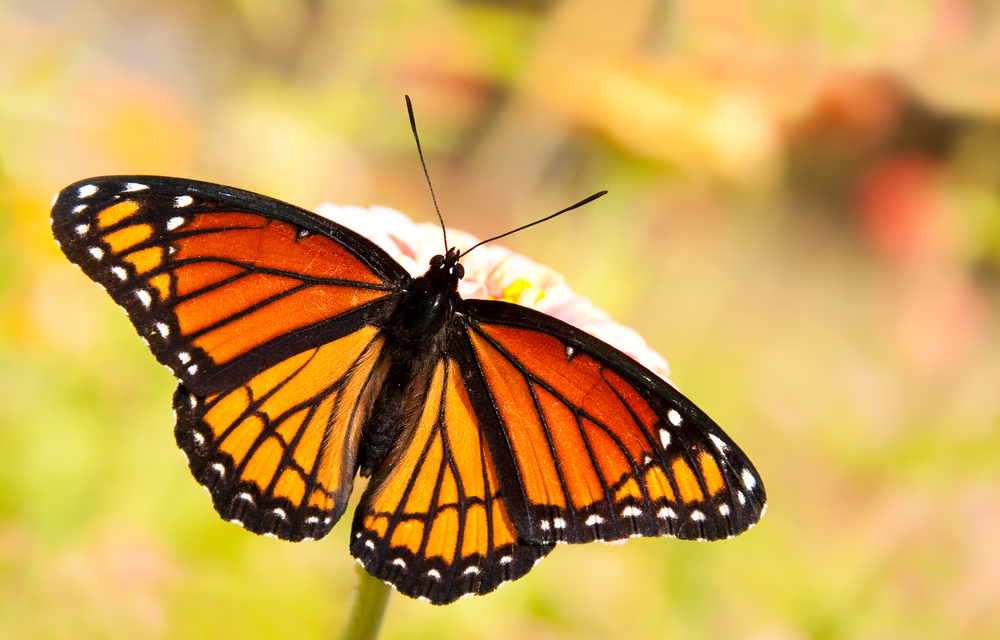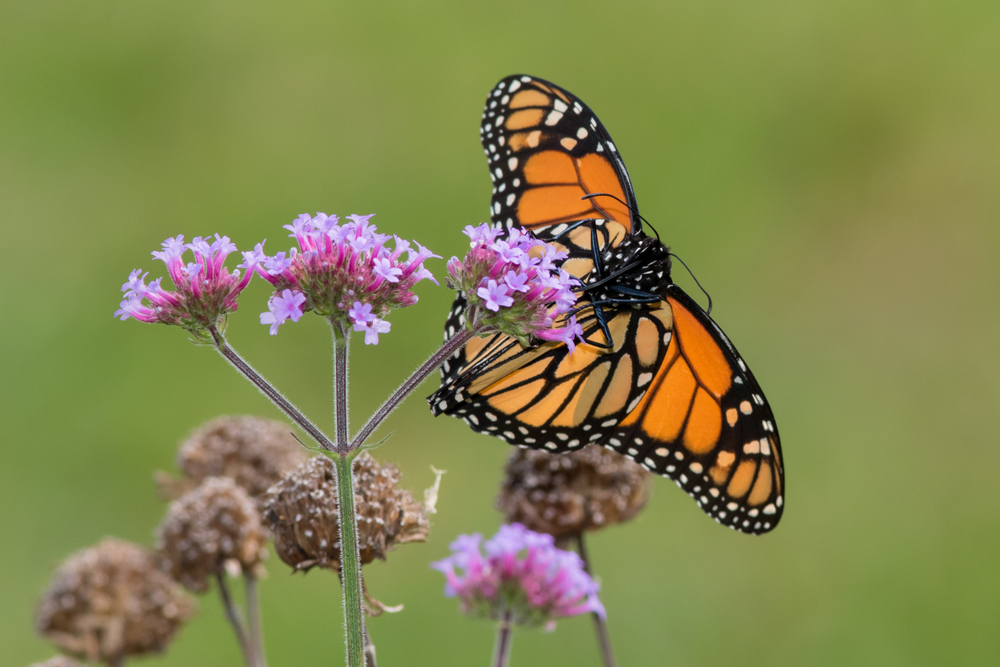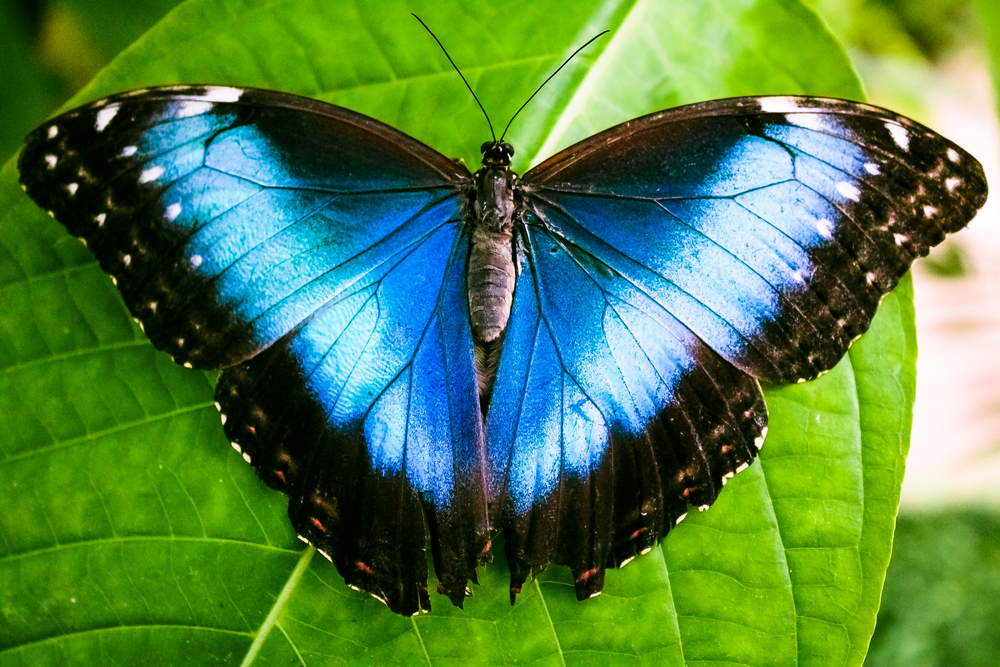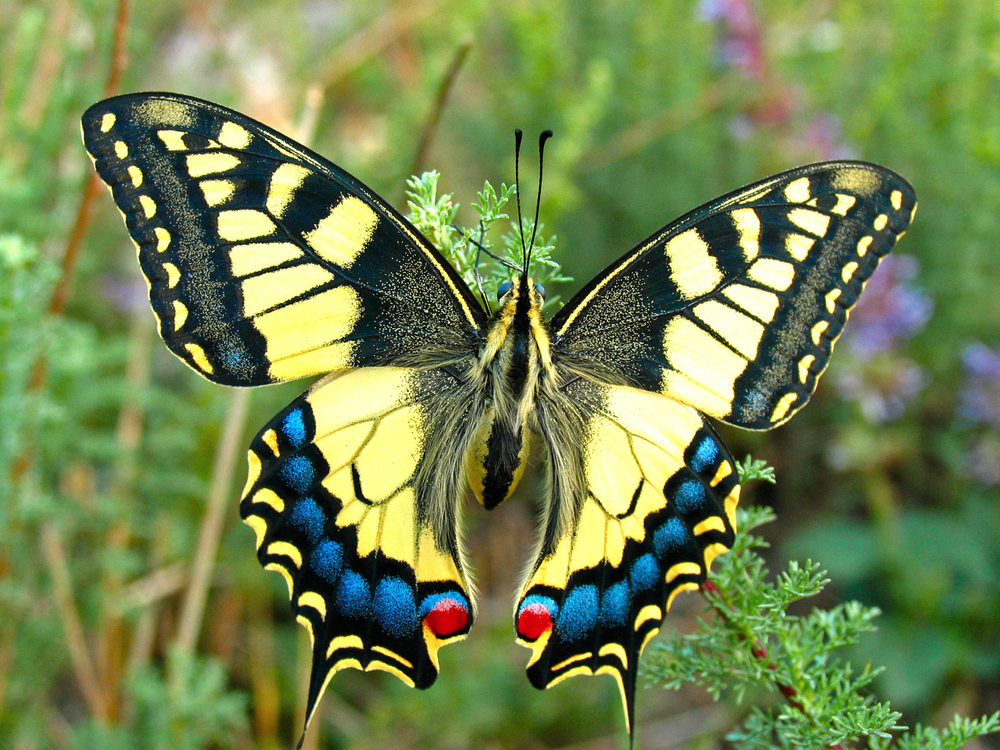Uniqueness
The Postman Butterfly is one of the most studied butterflies in the world, revered for its role in Müllerian mimicry, its pollen-feeding adaptation, and its importance in the field of evolutionary biology. Its vivid color patterns and unusually long lifespan set it apart from nearly all other butterflies.
Müllerian Mimicry Masterpiece:
The Postman Butterfly participates in Müllerian mimicry—where two or more unpalatable species evolve to resemble one another for mutual protection. It co-evolves with Heliconius erato, often sharing nearly identical red-and-black wing patterns in overlapping regions, reinforcing predator learning.
Extraordinary Pollen Feeding:
Unlike most butterflies that rely solely on nectar, Heliconius melpomene can collect and digest pollen. This gives it access to amino acids and proteins, resulting in:
-
Extended adult lifespan (2–5 months)
-
Increased egg production over time
-
Greater reproductive success
This adaptation is found only in the Heliconius genus, making it extremely rare and biologically significant.
Wing Pattern Genetics and Evolutionary Research:
The Postman Butterfly is a model organism for the study of genetic patterning and speciation. Scientists have mapped the genes that control its wing colors, helping reveal how natural selection drives the formation of new species. Its hybrid zones have helped explain how mimicry evolves and spreads across populations.
Minimal Sexual Dimorphism:
Both sexes share nearly identical coloration and participate in mimicry. Males do have scent glands (androconia) on their hindwings for courtship, but otherwise, they are visually indistinguishable from females.
Territorial and Long-Lived Behavior:
Male Postman Butterflies establish feeding territories, returning to the same flowers daily and defending patches of sunlight. This behavior is rare among butterflies and more commonly seen in birds and dragonflies.
Biogeographic Diversity:
Across its wide range, Heliconius melpomene displays over 30 known color morphs, each adapted to match the local mimetic community. This regional variation makes it an icon of adaptive radiation and visual evolution.
The Postman Butterfly’s exceptional mimicry, extended lifespan, pollen diet, and scientific importance make it not only a charismatic tropical species but also a cornerstone of butterfly evolutionary research.



































































